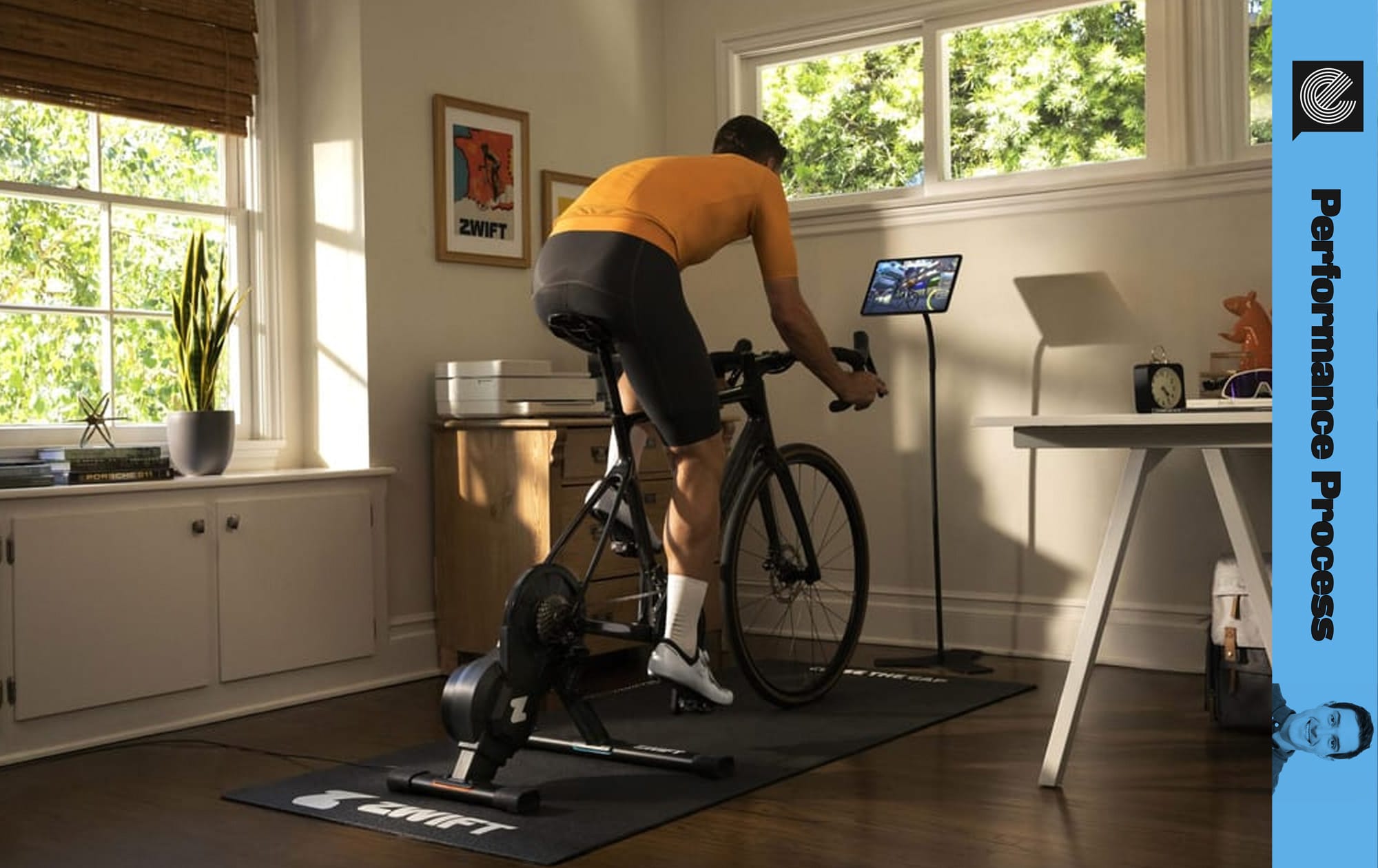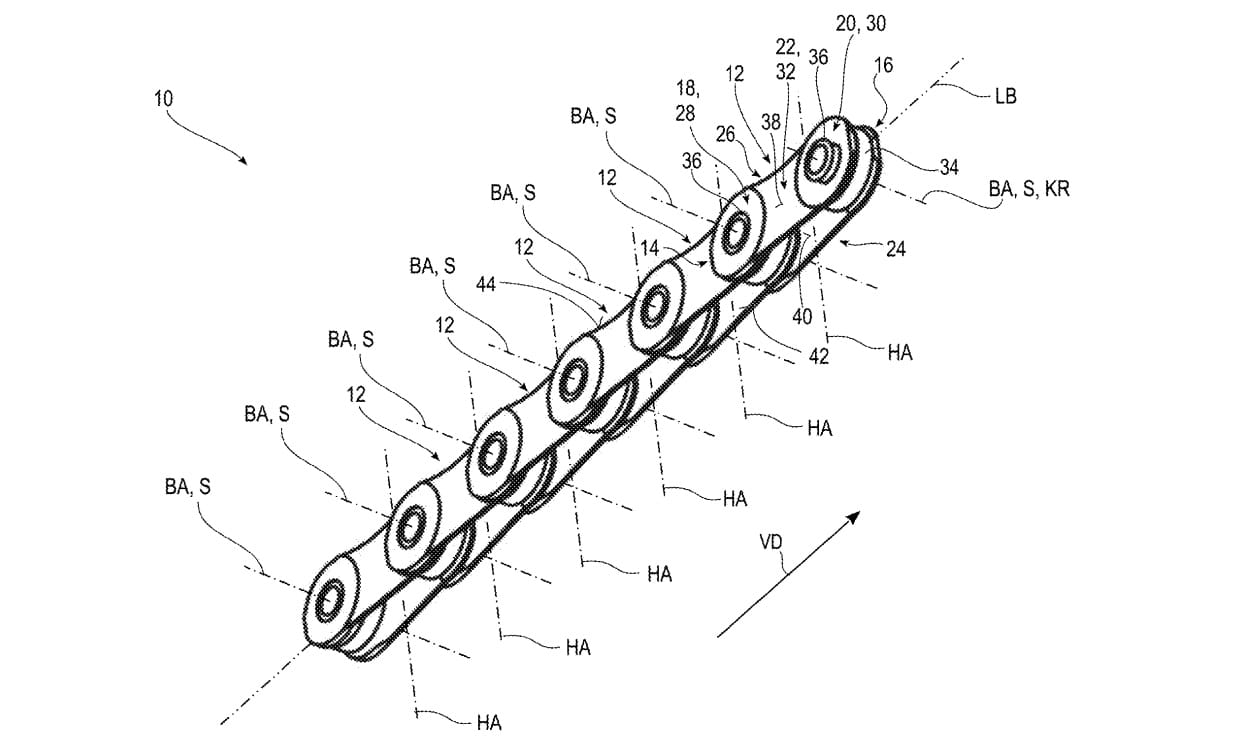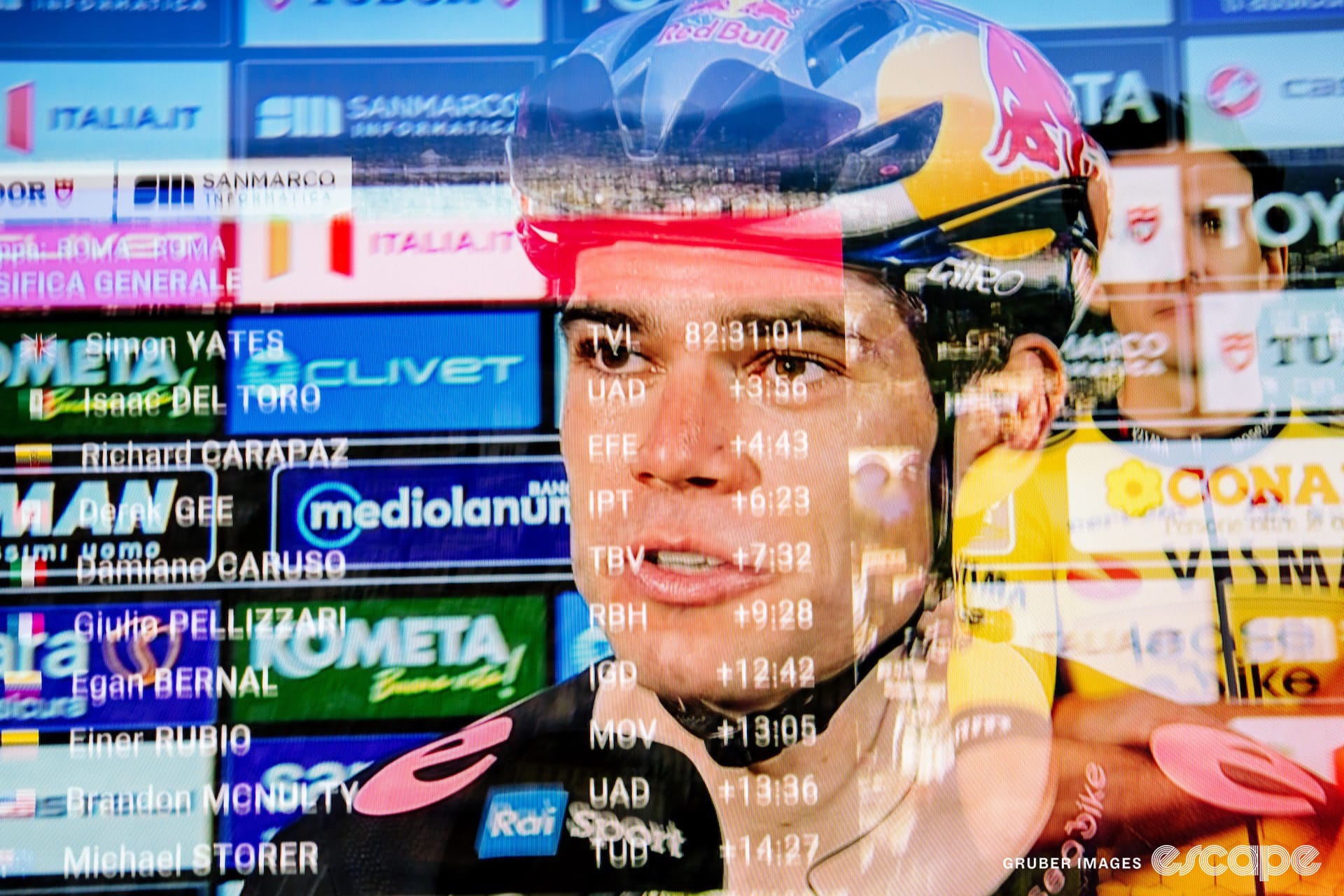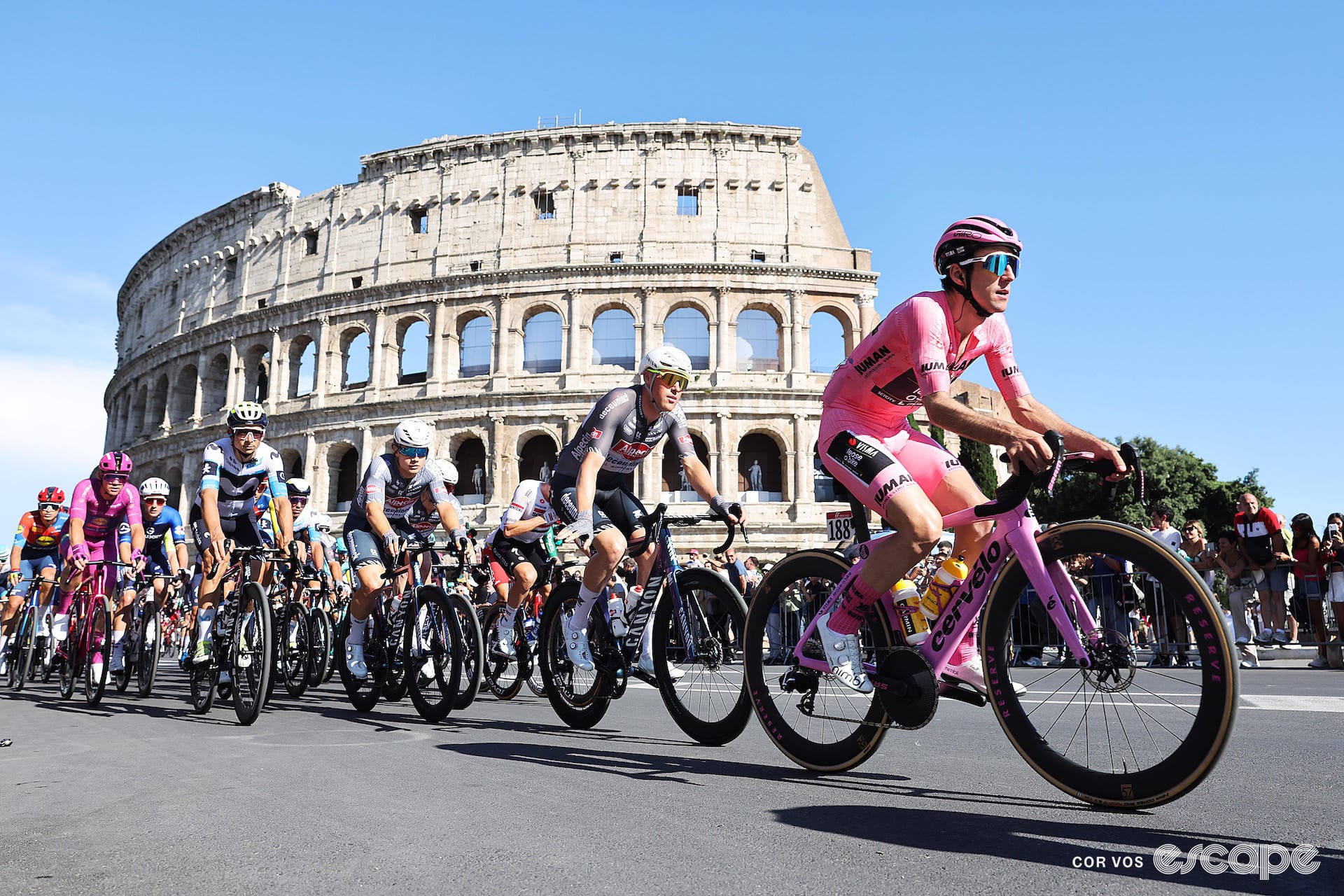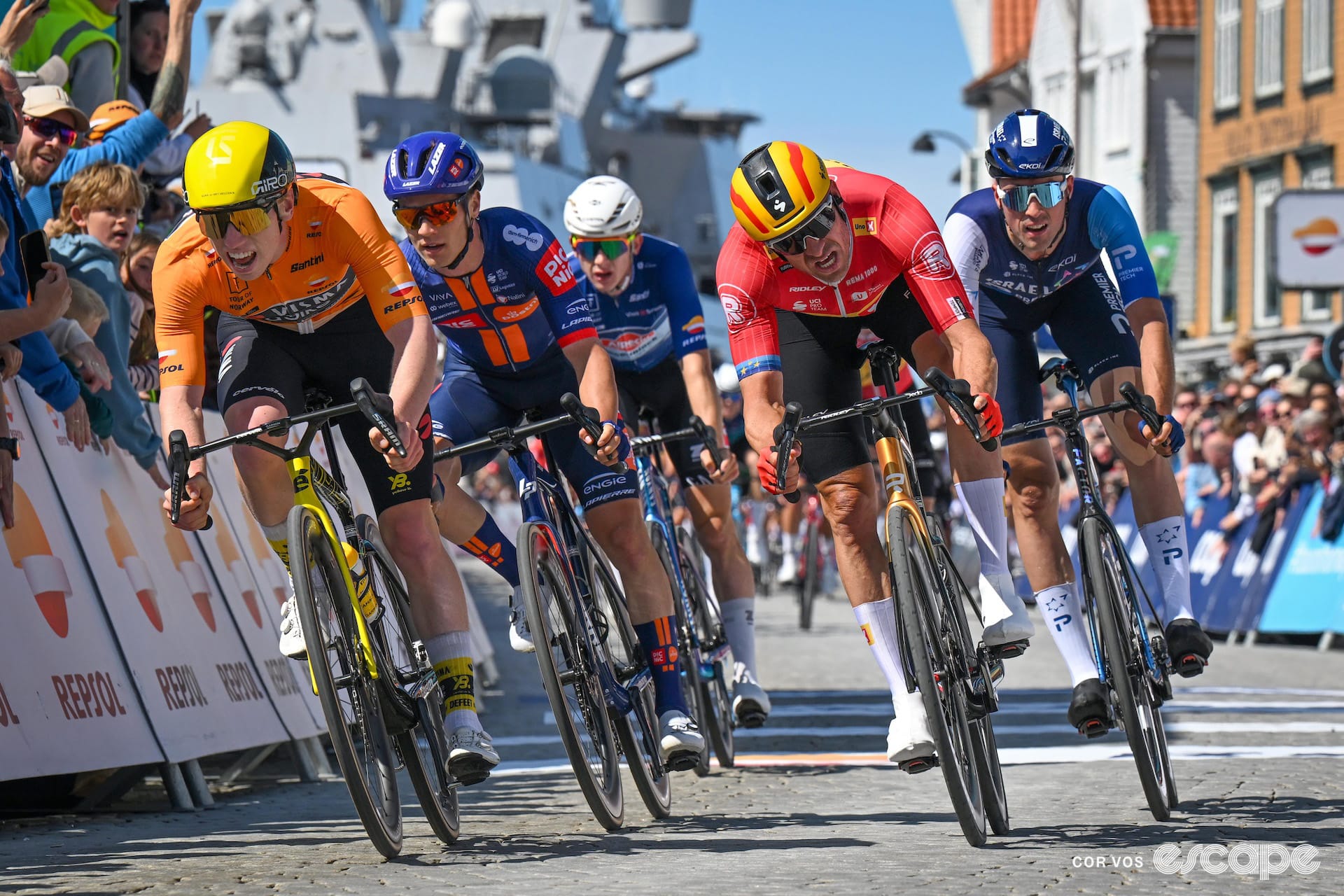In this episode of Performance Process, Ronan Mc Laughlin is joined by Jem Arnold, a PhD candidate in exercise physiology at the University of British Columbia, physiotherapist, endurance coach, and Escape Collective member.
Crucially, Arnold is also a co-author of a recently published meta-analysis on Training Intensity Distribution (TID), a deep dive into whether polarised or other training models lead to better endurance performance.
If you’ve ever wondered whether you’re doing too much zone 2, not enough intensity, or if your training should mimic what the pros do, this episode has answers. Arnold and Mc Laughlin unpack:
- If training intensity distribution impacts VO2 max and time trial performance?
- Why elite and amateur athletes may need different approaches (and why copying the pros isn’t always the best idea).
- Why obsessing over training percentages can backfire—and a simpler way to structure your sessions.
- How to apply these findings to your own training, no matter your experience level.
Whether you're a data-driven athlete, looking to train smarter, or just take the stress out of training plans, this episode will help you move past the training model debate and focus on what drives performance.
0:00 - 3:30: Introduction
- Ronan introduces the topic of training intensity distribution.
- Brief explanation of polarised vs. pyramidal training.
- Introduction of Jem Arnold: PhD candidate, physiotherapist, endurance coach.
- Mention of Jem’s research on metabolic testing, athletic profiling, and iliac artery flow limitations.
3:30 - 6:30: The motivation behind the study
- Discussing the systematic review and meta-analysis on training intensity distribution.
- The study aggregates 20+ years of endurance training research with data from 350 athletes.
- Goal: Compare different training models (polarised, pyramidal, threshold, etc.).
- Collaboration between leading sports scientists like Steven Seiler.
6:30 - 8:55: Understanding network meta-analysis
- Explanation of what a network meta-analysis is.
- Importance of strict inclusion criteria for study selection.
- Challenges in comparing studies with different methodologies.
8:55 - 11:00: Study inclusion and exclusion criteria
- 13 studies included, with 29 intervention groups.
- Explanation of how studies were selected and how training data was analyzed.
11:00 - 16:20: Defining training models
- Polarised training: Majority low intensity (Zone 1), some high intensity (Zone 3), minimal moderate intensity (Zone 2).
- Pyramidal training: Majority low intensity, followed by moderate intensity, least time in high intensity.
- Threshold training: Most time spent in moderate intensity (sweet spot/tempo).
- Low-intensity training: Exclusively low intensity.
- High-intensity training: Predominantly high intensity.
16:20 - 20:20: Why researchers prefer the three-zone model
- Three-zone model (low, moderate, high) based on physiological thresholds.
- Explanation of how this differs from five- and seven-zone models.
- Connection to lactate and ventilatory thresholds.
20:20 - 25:30: Why there’s so much debate around training models
- Many different training approaches can be effective.
- Some athletes only see success in one model and assume it's superior.
- Professional athletes typically follow a polarised model due to high training volume.
- The role of personal preference—athletes gravitate towards the training they enjoy.
25:30 - 30:00: Key misunderstandings about training models
- Many interpretations of training models are too rigid.
- Importance of understanding that training zones exist on a spectrum.
- Different training intensities impact individuals differently.
30:00 - 36:45: The results
- No significant difference between training intensity models for VO2 max or time trial performance.
- Finding contradicts some past research but aligns with others.
- Performance outcomes are influenced by many variables, making definitive conclusions difficult.
36:45 - 38:35: Influence of training volume
- Study controlled for training volume, meaning differences weren’t due to hours trained.
- Real-world application may differ since athletes adjust training volume naturally.
38:35 - 40:15: Female athlete representation in the study
- Only 52 female athletes were included (compared to 300 males).
- Underrepresentation of female athletes remains an issue in sports science research.
40:15 - 44:50: Rethinking training success measures
- VO2 max improvements do not strongly predict time trial performance improvements.
- Some athletes improved VO2 max significantly but saw little performance gain.
- Discussion on whether endurance training success should be measured differently.
44:50 - End: Practical takeaways
- No single best training model—context and individual response matter.
- Athletes should focus on structured, progressive training rather than fixating on specific models.
- Final thoughts on how this study contributes to the broader endurance training conversation.
Did we do a good job with this story?

